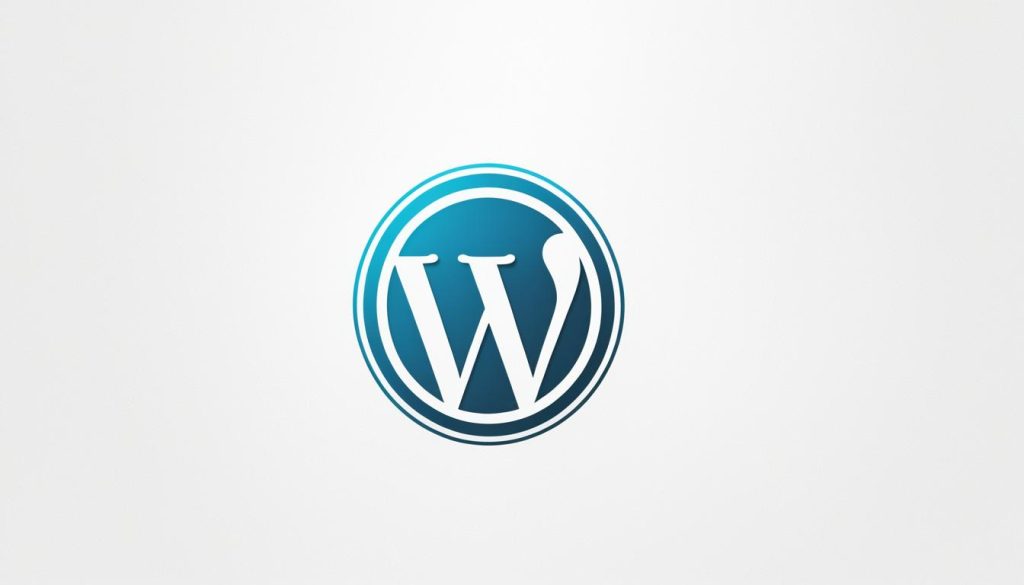
Leveraging WordPress for Static Sites Management
WordPress leads the web with a 63.2% market share in 2023. It’s known for being easy to use and flexible. But, many forget about managing static assets, which affects website performance. It’s key to handle static assets like images, JavaScript, and CSS well for a smooth website experience.
This guide will show you how to manage and deliver WordPress static files efficiently. It aims to improve your website’s performance and give users a seamless experience.
Key Takeaways
- WordPress is the dominant CMS, powering over 63% of websites in 2023.
- Optimizing static assets, such as images, CSS, and JavaScript, is essential for improving website performance.
- Proper management of static assets can enhance the user experience and boost Search Engine Optimization (SEO).
- Leveraging WordPress features and plugins can help streamline the process of static asset optimization.
- Understanding the benefits of static site optimization is the first step towards implementing effective strategies.
Understanding Static Sites and Assets
There are two main types of websites: static and dynamic. Static websites are like a well-built building. They have elements that work together to look good and function well. These sites have web pages that don’t change unless someone updates them manually.
Dynamic websites, on the other hand, are like a busy city. They change and adapt for visitors. They are always moving and changing.
What makes a website, whether static or dynamic, work are its website assets. These include images and documents that grab visitors’ attention. They also include CSS stylesheets for looks and JavaScript files for interactivity.
What are Static Sites?
Static websites have simple, fixed content. They don’t need a database or server-side processing. Each web page is made ahead of time and stored on the server. When a user requests a page, it’s quickly delivered to their browser.
Types of Website Assets
- Images: Pictures, illustrations, and graphics that make the website look better.
- Documents: PDFs, Word documents, and other files that give more info to visitors.
- CSS (Cascading Style Sheets): Stylesheets that set the layout, colors, and look of the site.
- JavaScript: Scripts that make the site interactive, like form checks, animations, and updates.
It’s important to manage and optimize these website assets well. This makes the user experience smooth and engaging. It also helps with the site’s performance and SEO.
Benefits of Optimizing Website Assets
Optimizing your website’s assets can bring many benefits. It helps your online presence succeed. You’ll see better website performance, SEO, and user experience. These techniques are great for your WordPress site.
Improved Website Performance
Using cache busting and configuring efficient cache policies makes your site run faster. This means quicker load times, more people sticking around, and more sales. Optimized assets make your site work better.
Better Search Engine Optimization (SEO)
Search engine optimization (SEO) gets a boost from optimized assets. Speed matters to search engines. Faster sites get seen more often in search results.
Enhanced User Experience
Optimizing your site’s assets also makes users happier. They get a smoother experience, shorter wait times, and are more likely to come back. Happy visitors stick around longer and engage more.
Optimization also saves on bandwidth and storage usage. This can cut costs, especially for sites on tight budgets or with pay-per-use plans. By using these tips, your WordPress site will perform better, be more visible, and give users a great experience. This means better results for your online business.

Leveraging WordPress for Static Sites Creation and Management
In today’s fast-paced web world, making sure your WordPress site’s static assets load quickly is key. Cache busting is a big part of this. It makes sure visitors get the newest version of your content. You can do this by adding unique codes to your files or using file versions.
Setting up good cache policies for your assets is also vital. Using Cache-Control and Expires headers lets you control how long files stay in the browser or on caching servers. This balance helps your WordPress static sites load fast and stay fresh.
Simplifying the Process with the Simply Static Plugin
The Simply Static plugin makes turning WordPress pages into static ones easy. It helps improve your site’s security, speed, and ability to handle more traffic. With this plugin, you can make your asset optimization better and give your users a smooth experience.
| Feature | Benefit |
|---|---|
| Cache Busting | Ensures visitors always receive the latest version of content |
| Efficient Cache Policies | Balances fast delivery with content freshness |
| Simply Static Plugin | Simplifies the creation and management of static WordPress sites |

Conclusion
Using WordPress for static sites can boost your online presence. It makes your site faster and easier to find on search engines. This also makes your site work better for everyone who visits.
The Simply Static plugin helps turn your WordPress site into a static site. This means your site loads quicker, is more secure, and can handle more visitors. It’s a great way to get the best of both worlds for your online business.
By combining WordPress with static site optimization, you get a strong online presence. This approach meets the needs of today’s users and search engines. It helps your site perform better, rank higher on search engines, and give your visitors a great experience. This can lead to your business growing and succeeding over time.